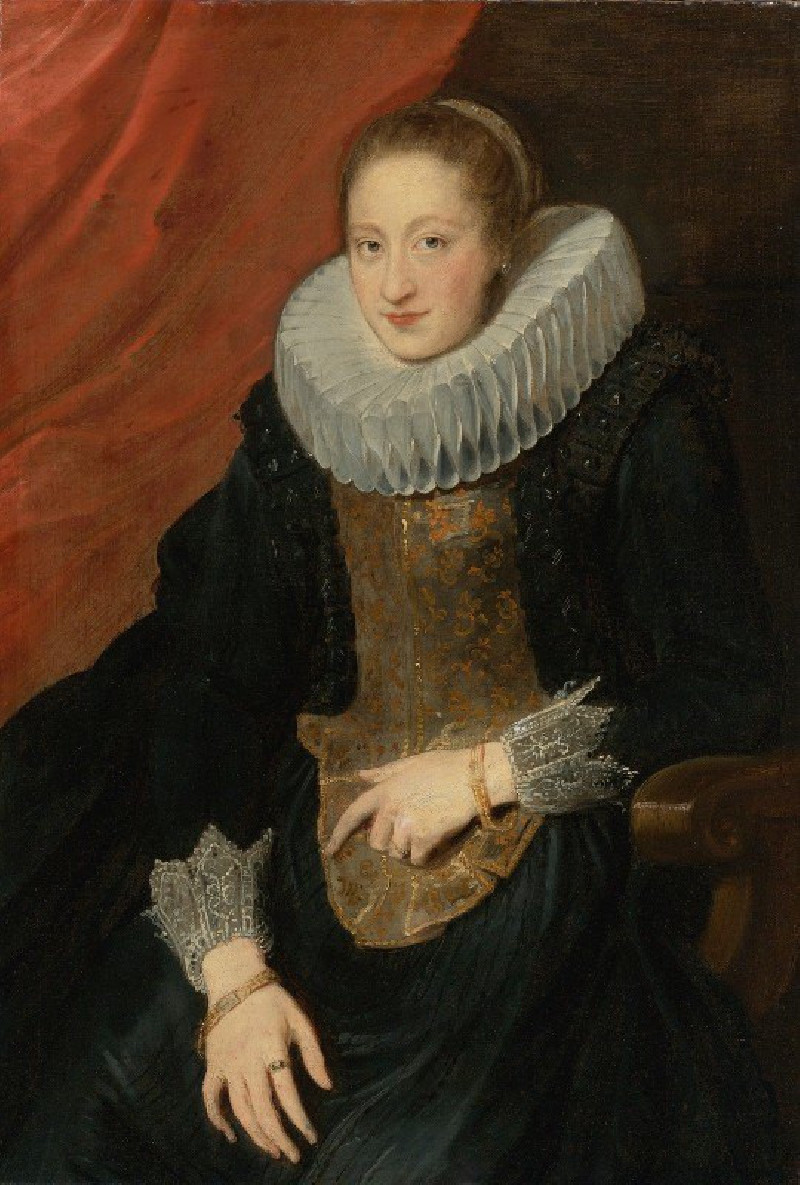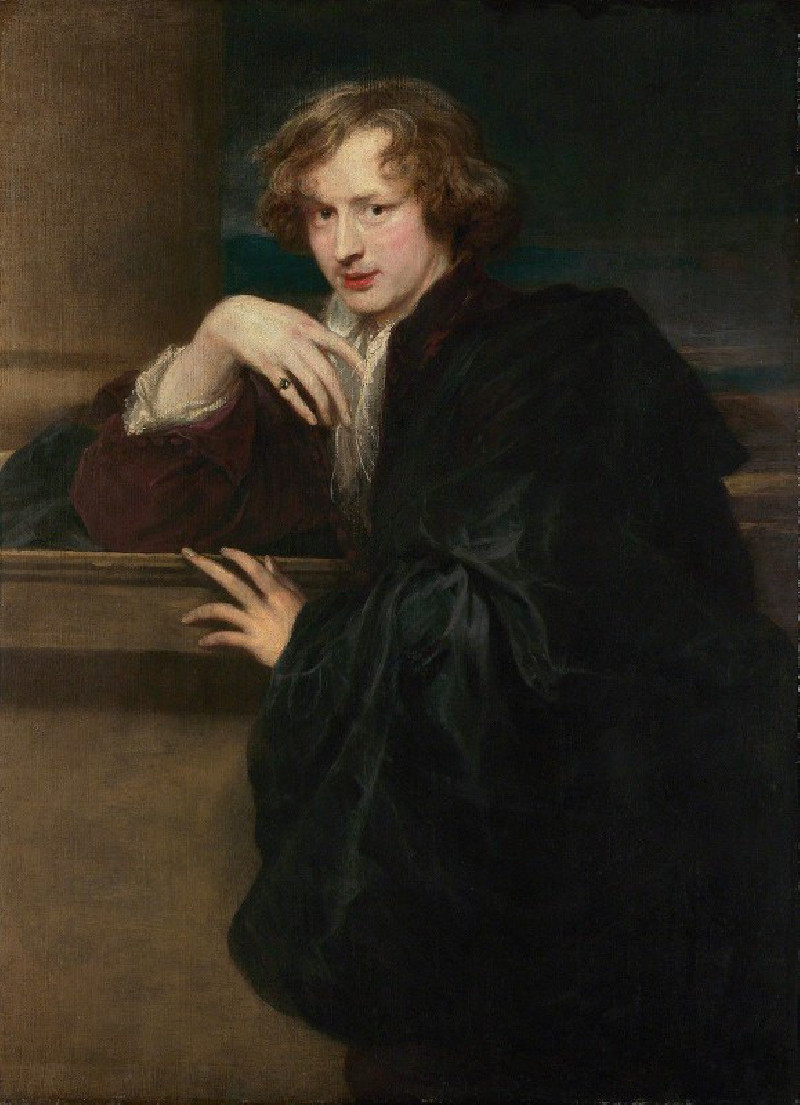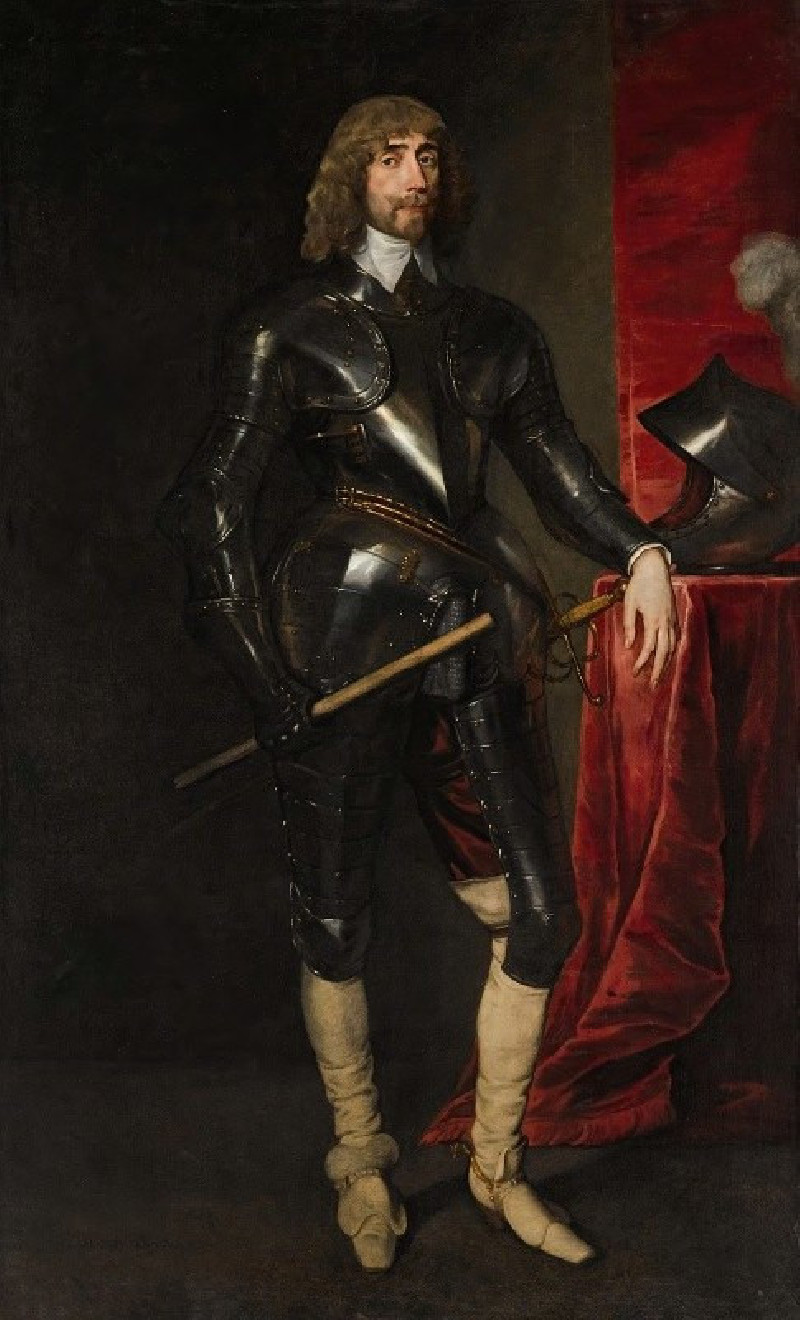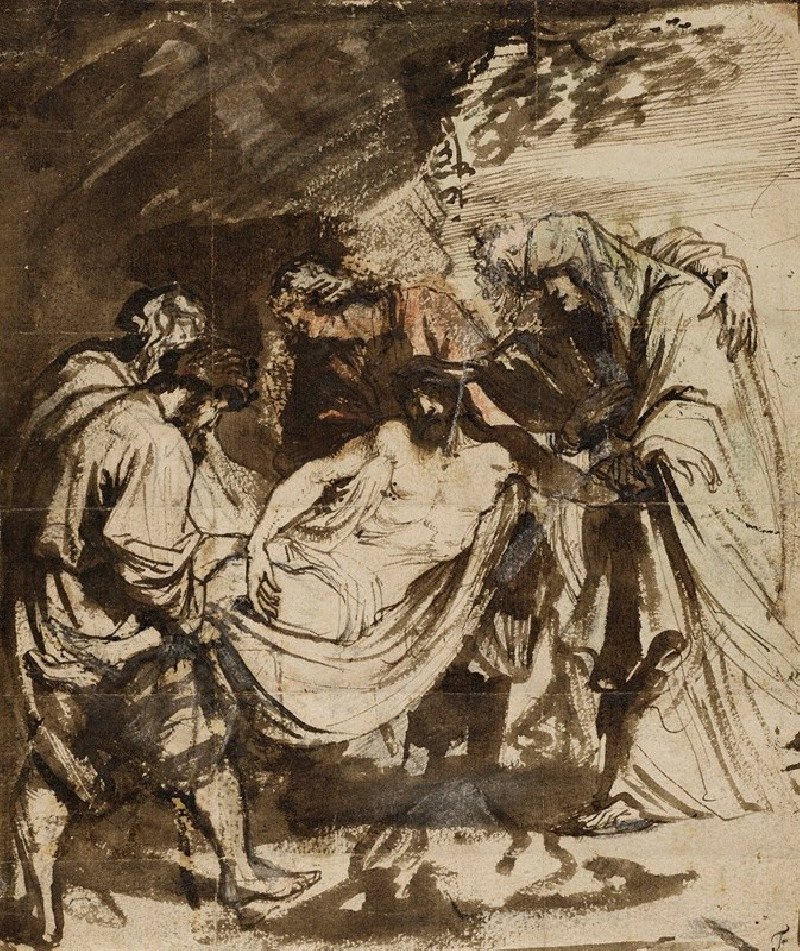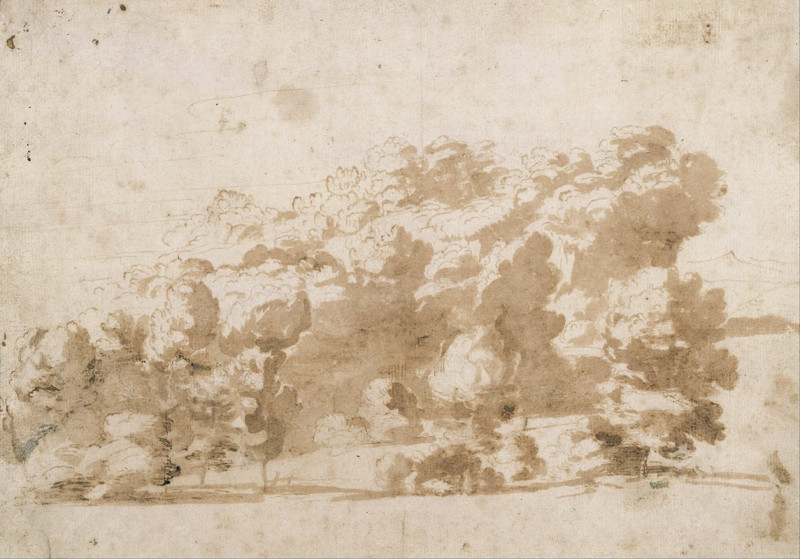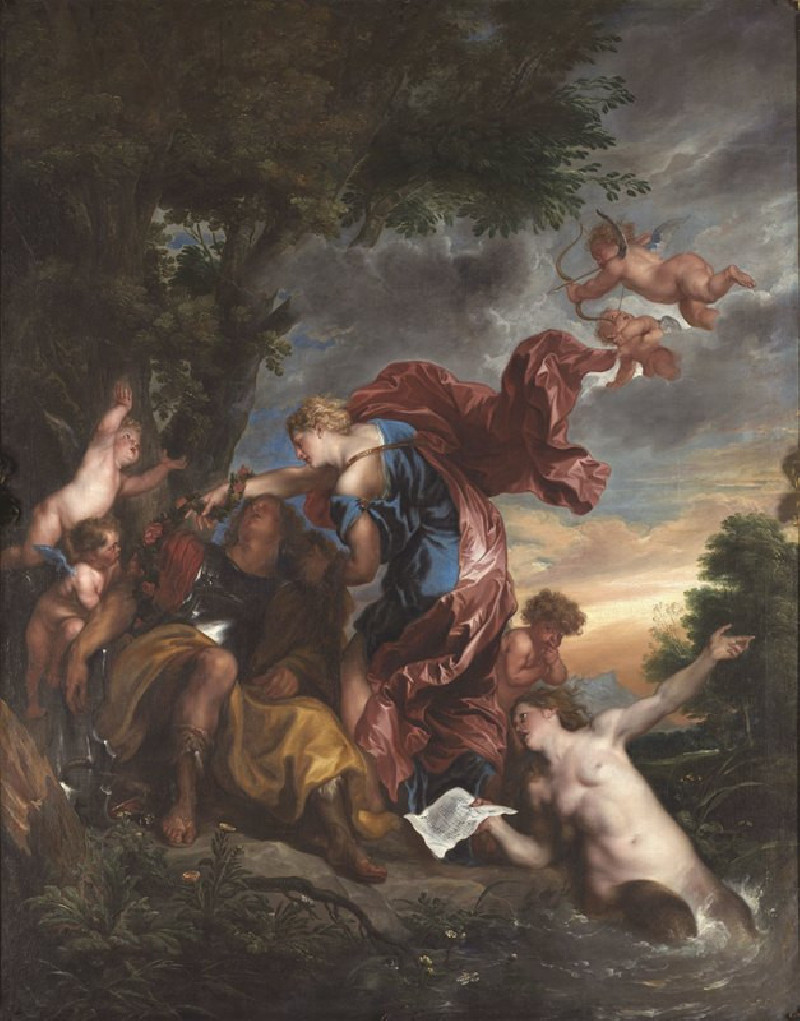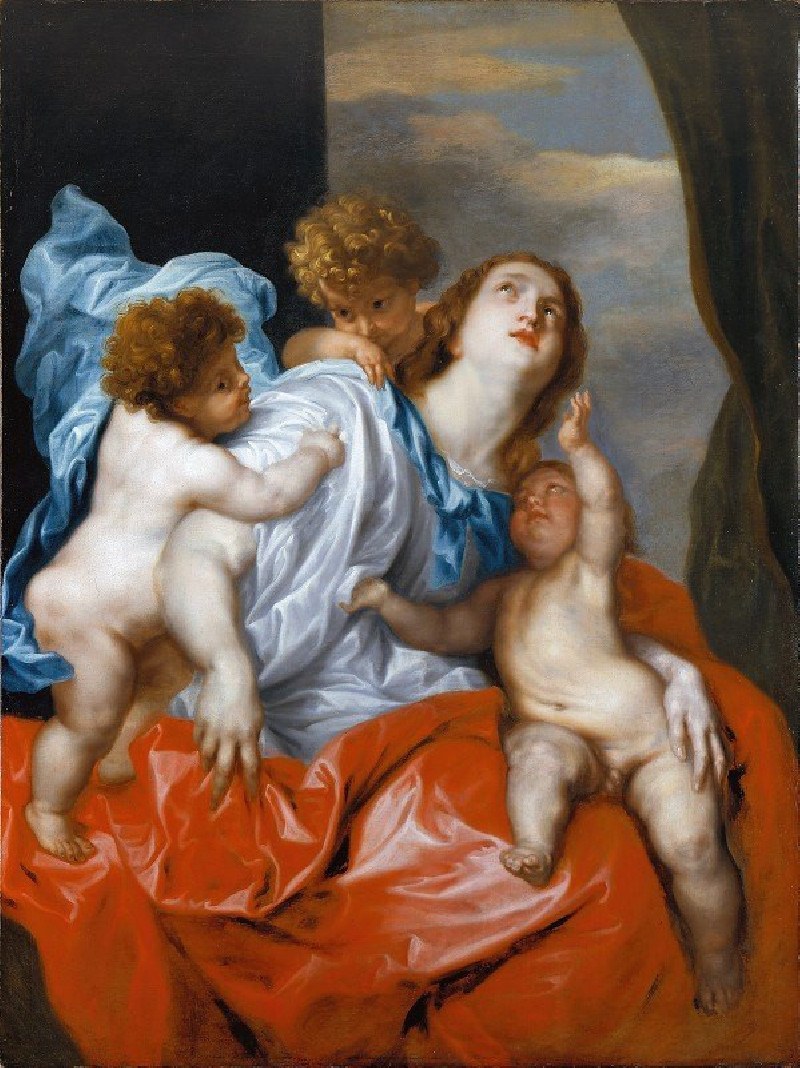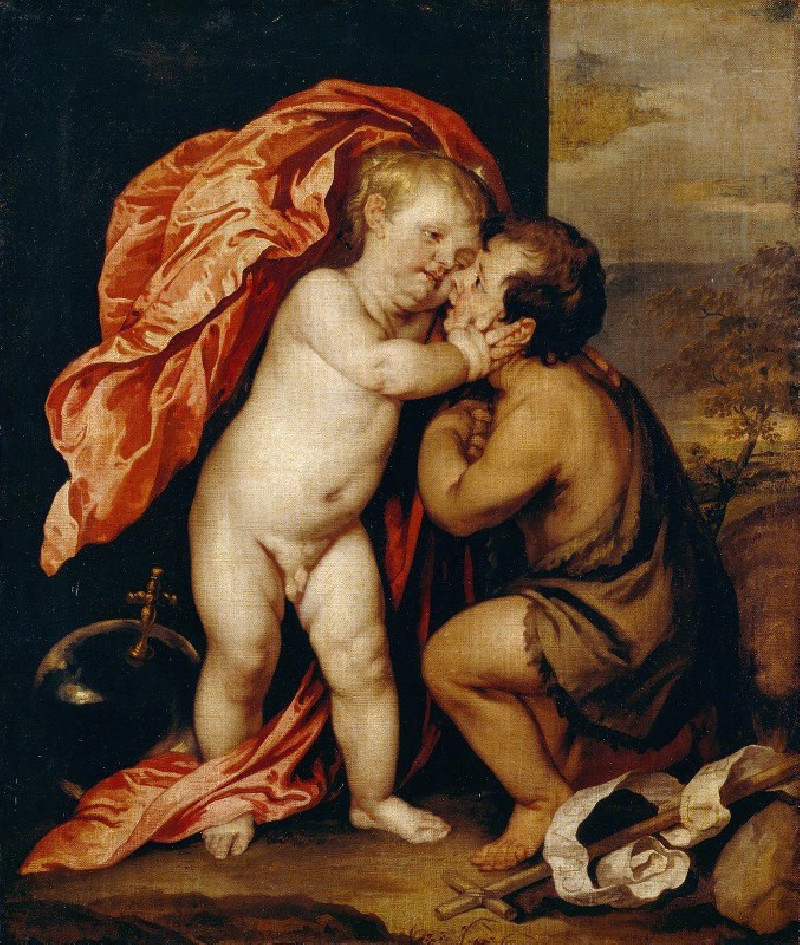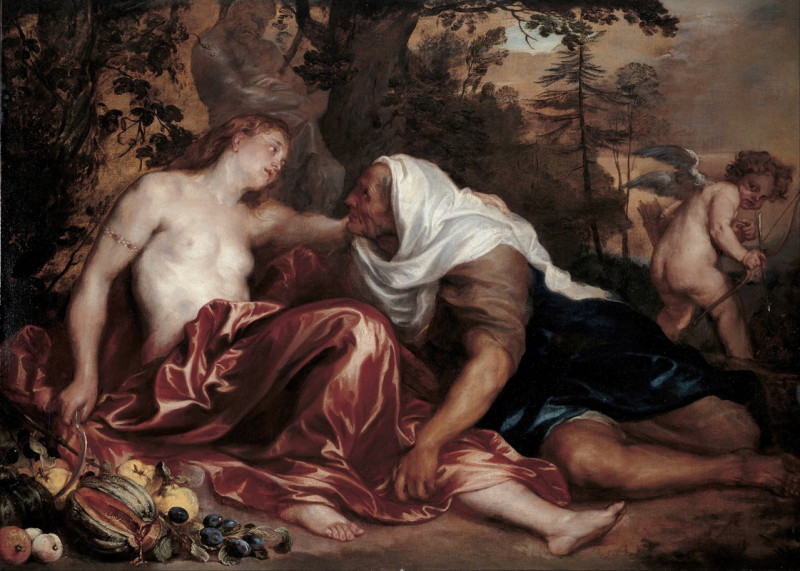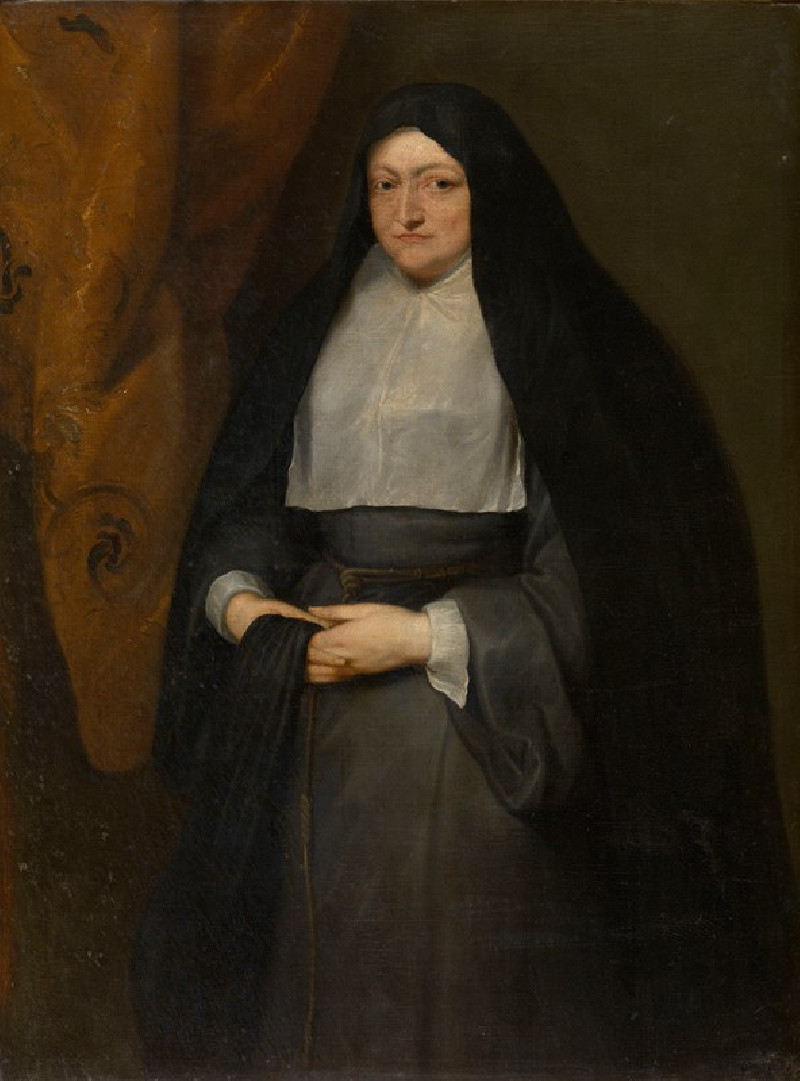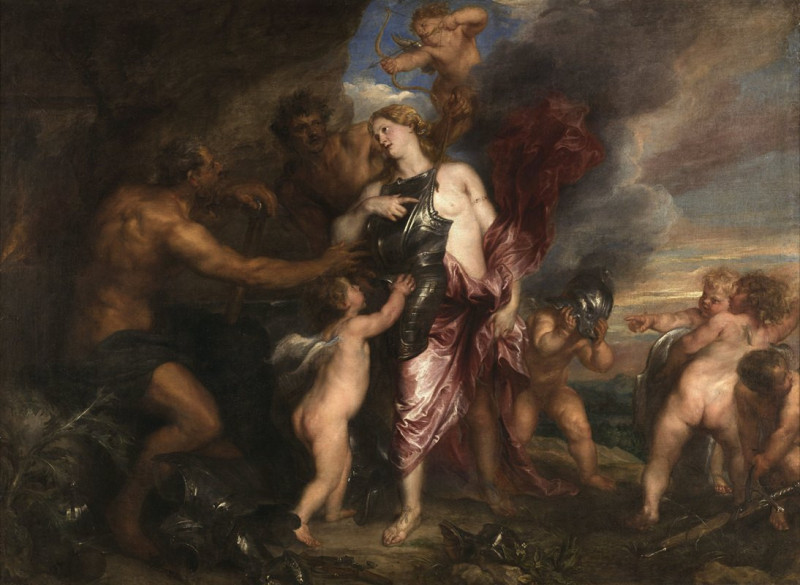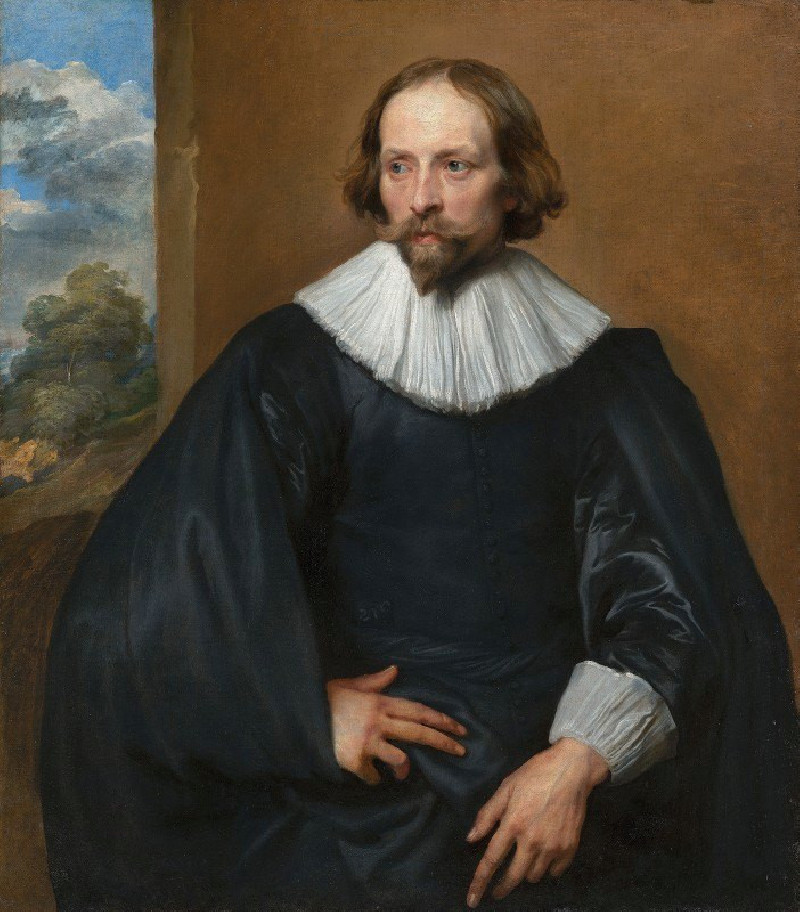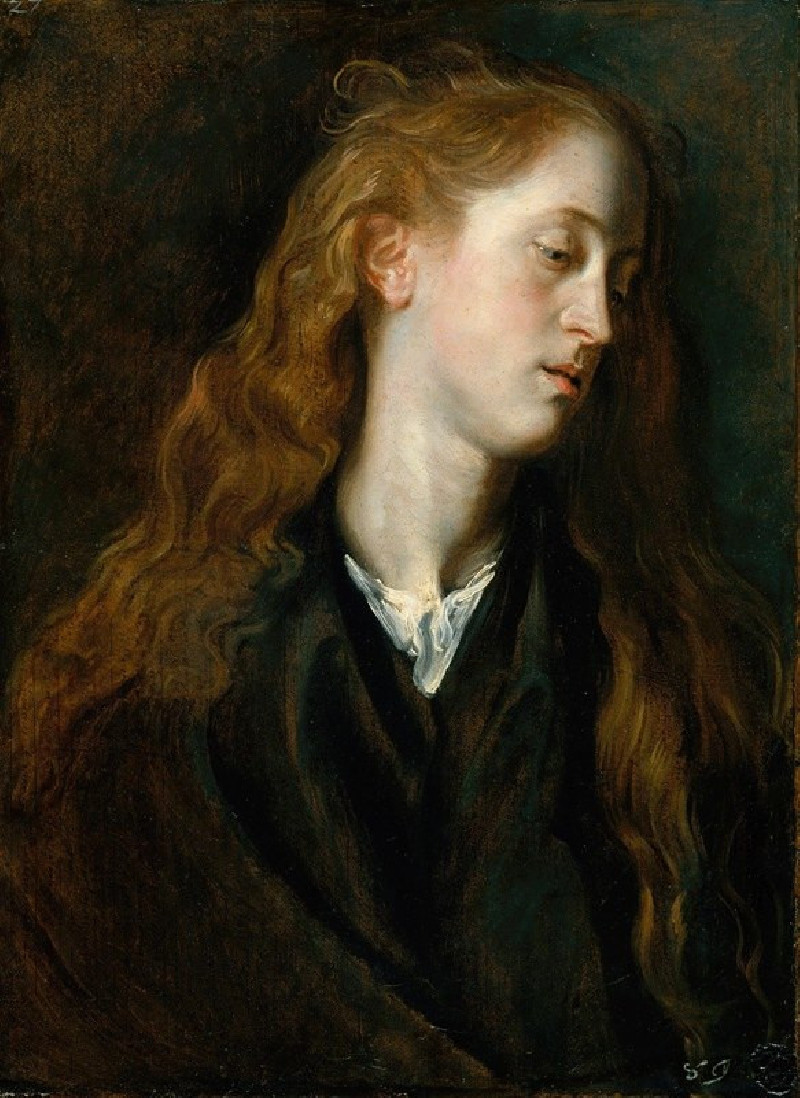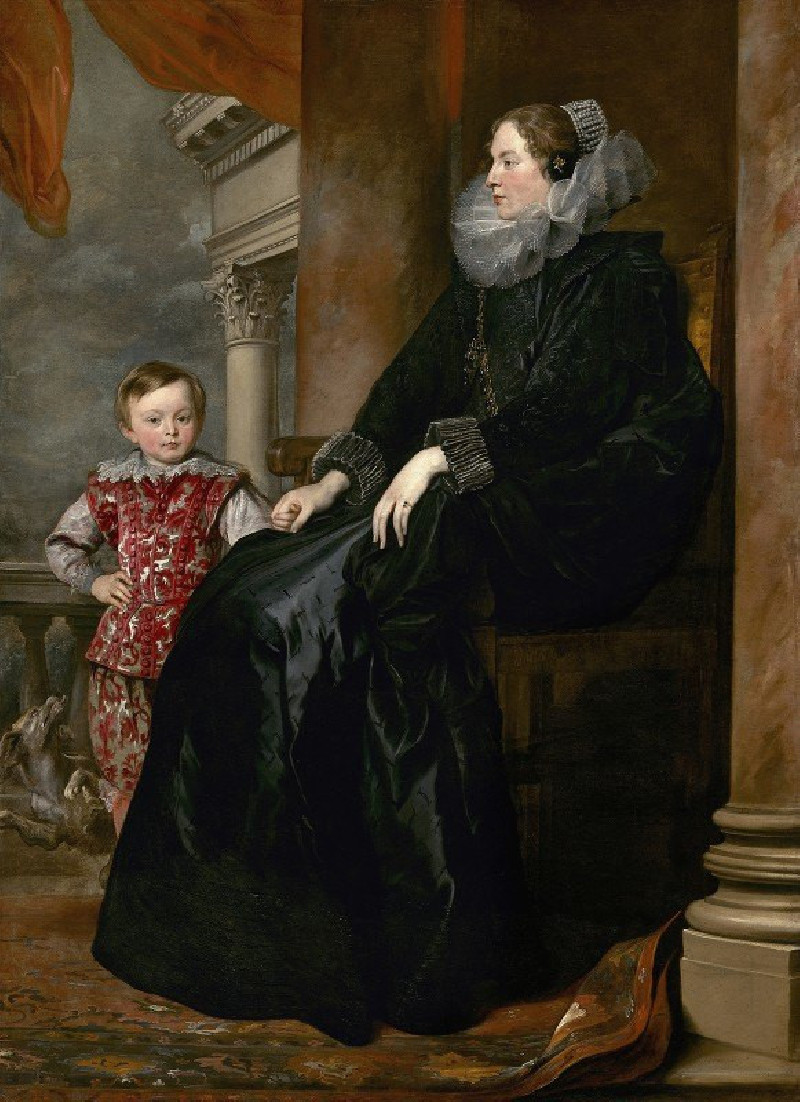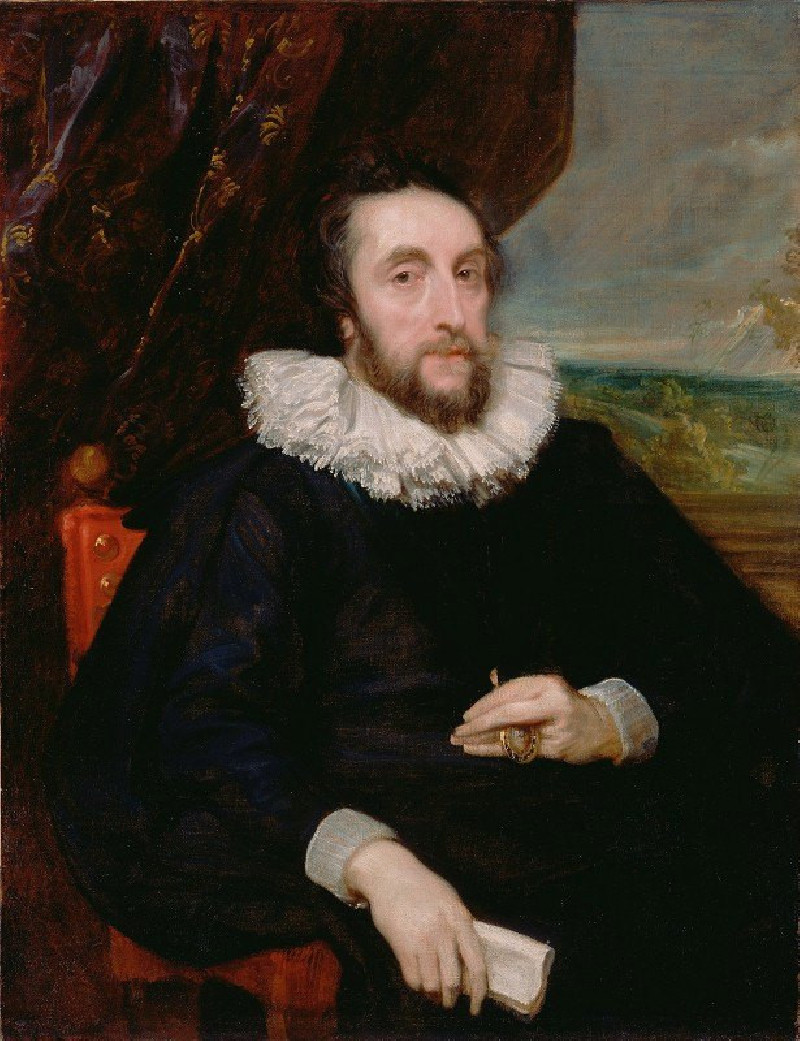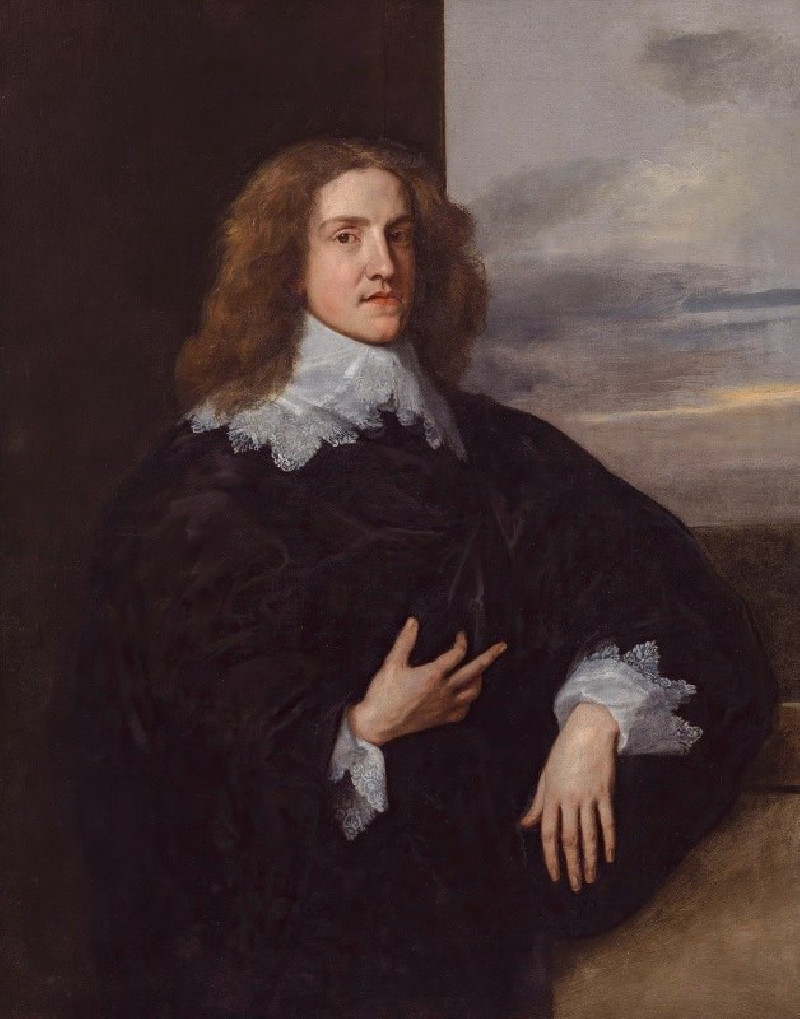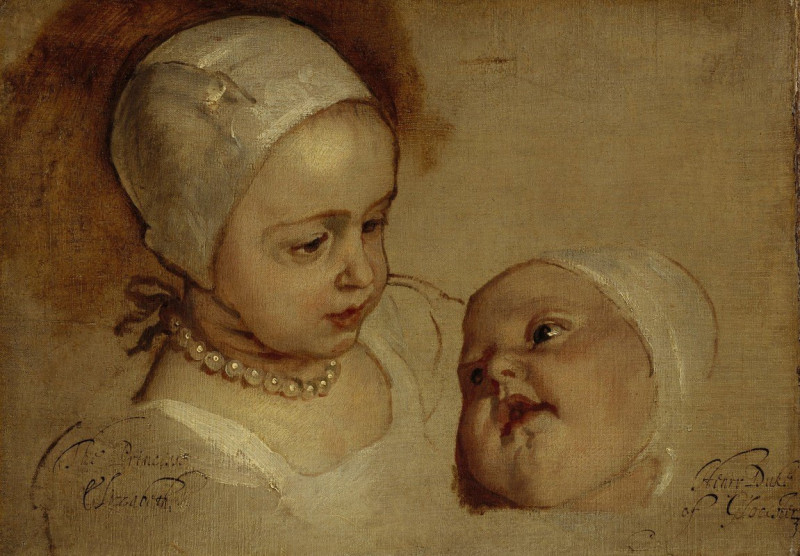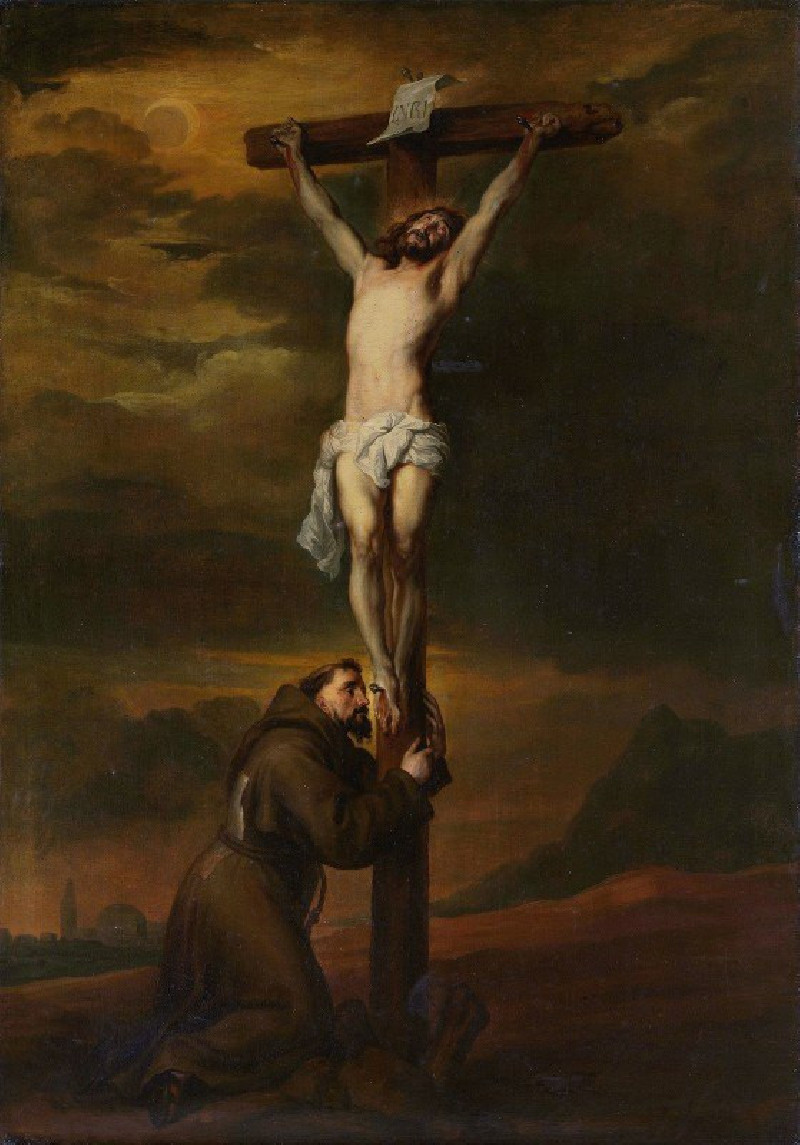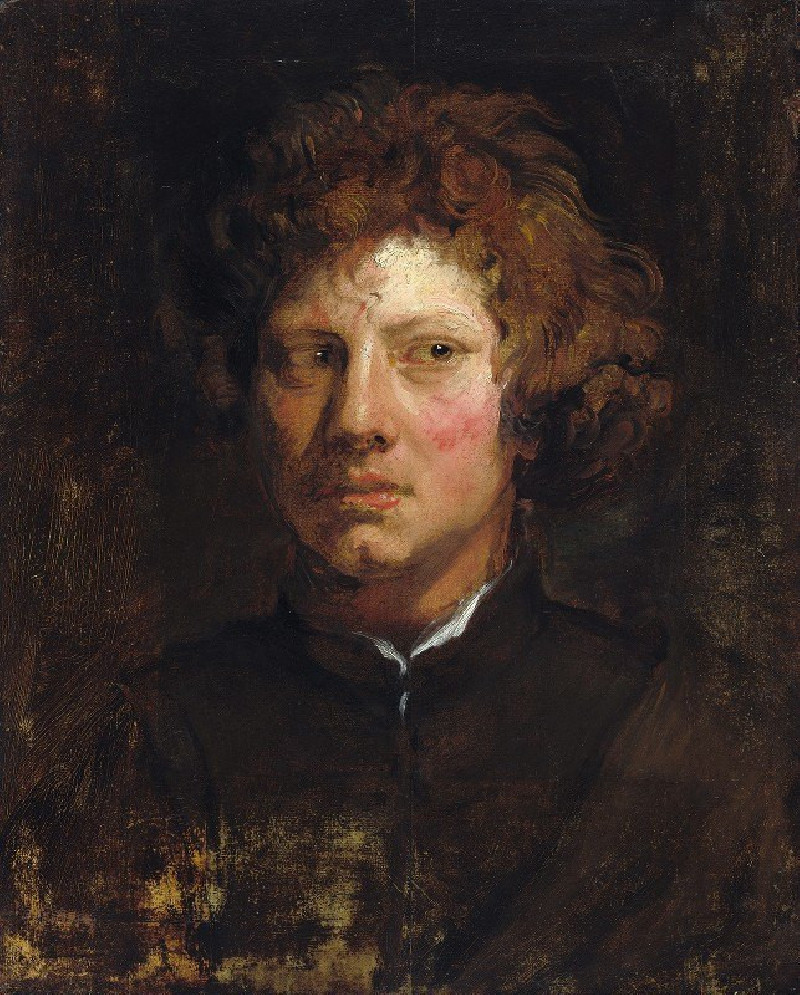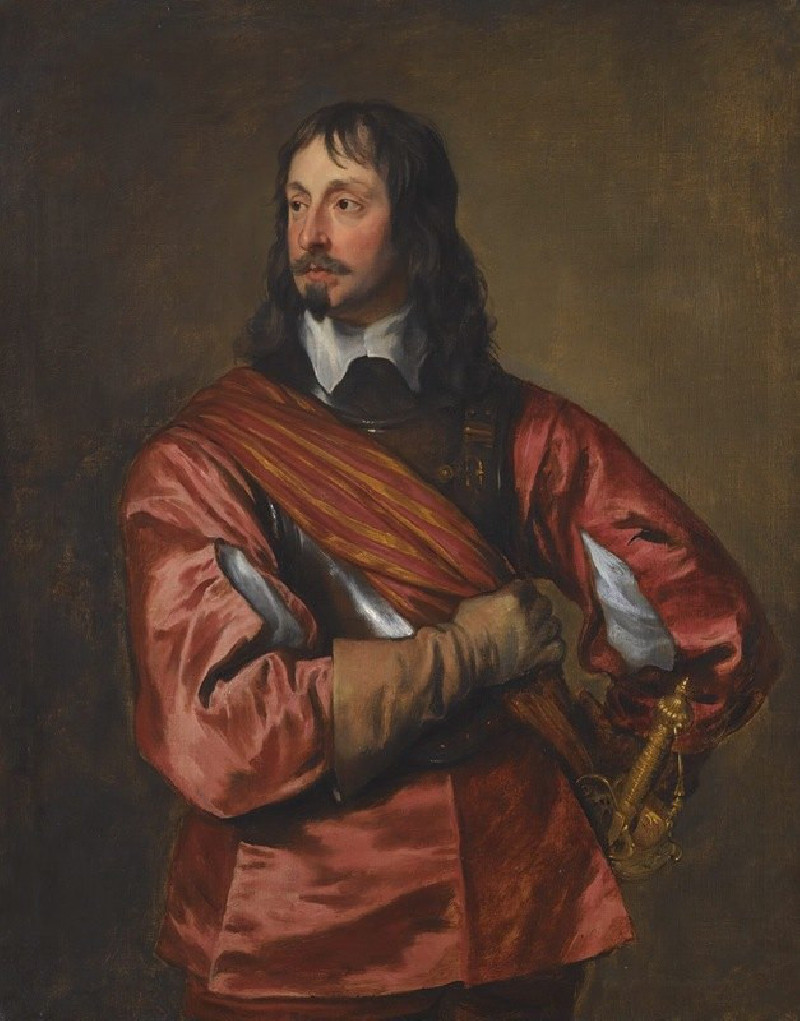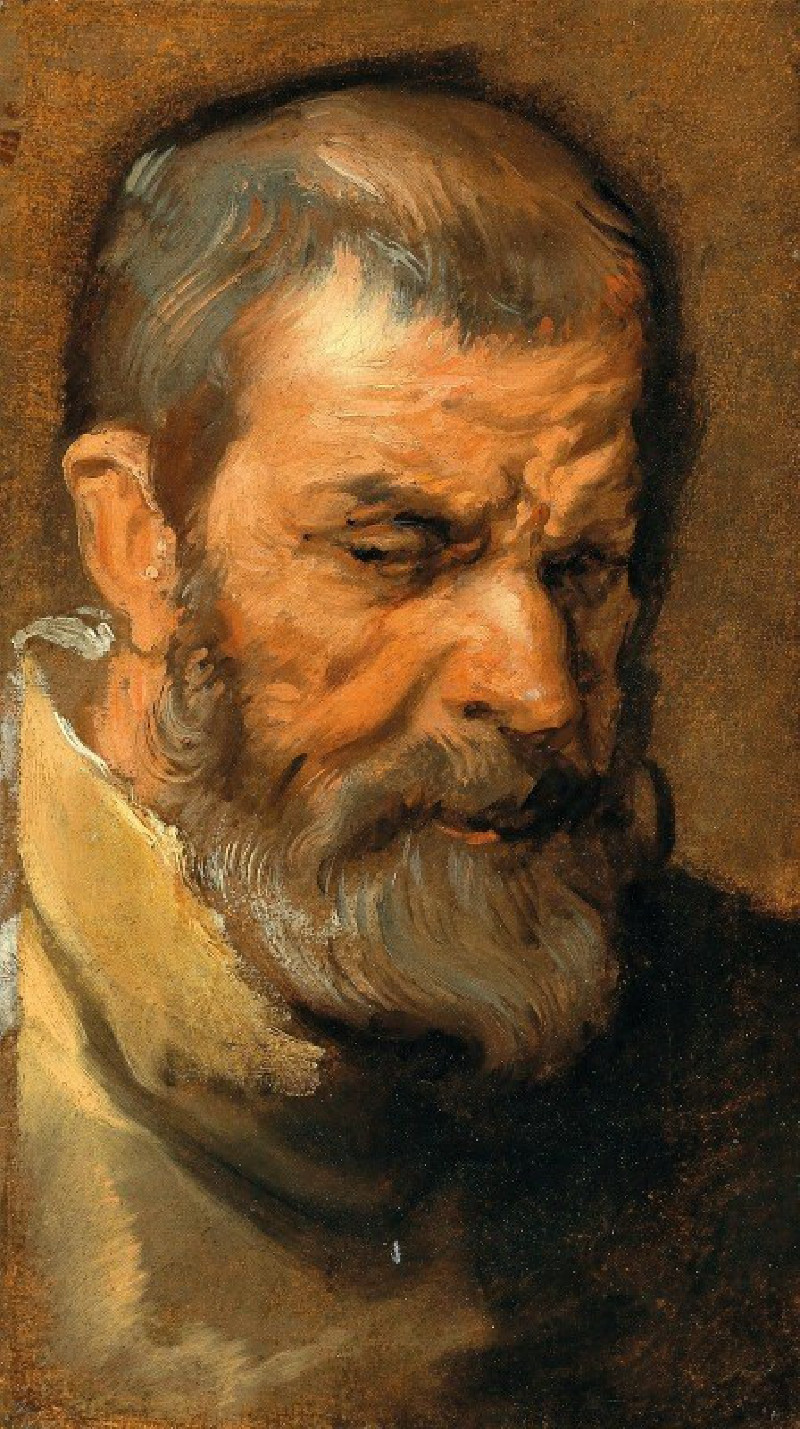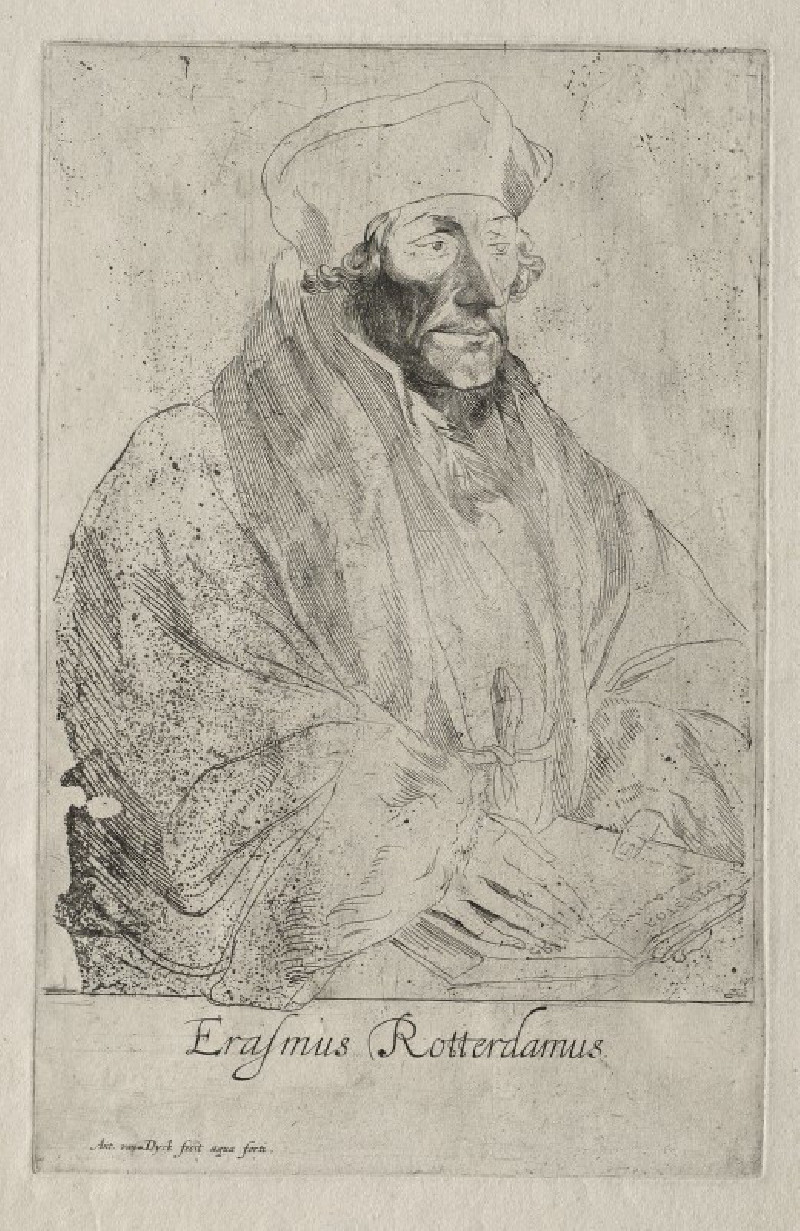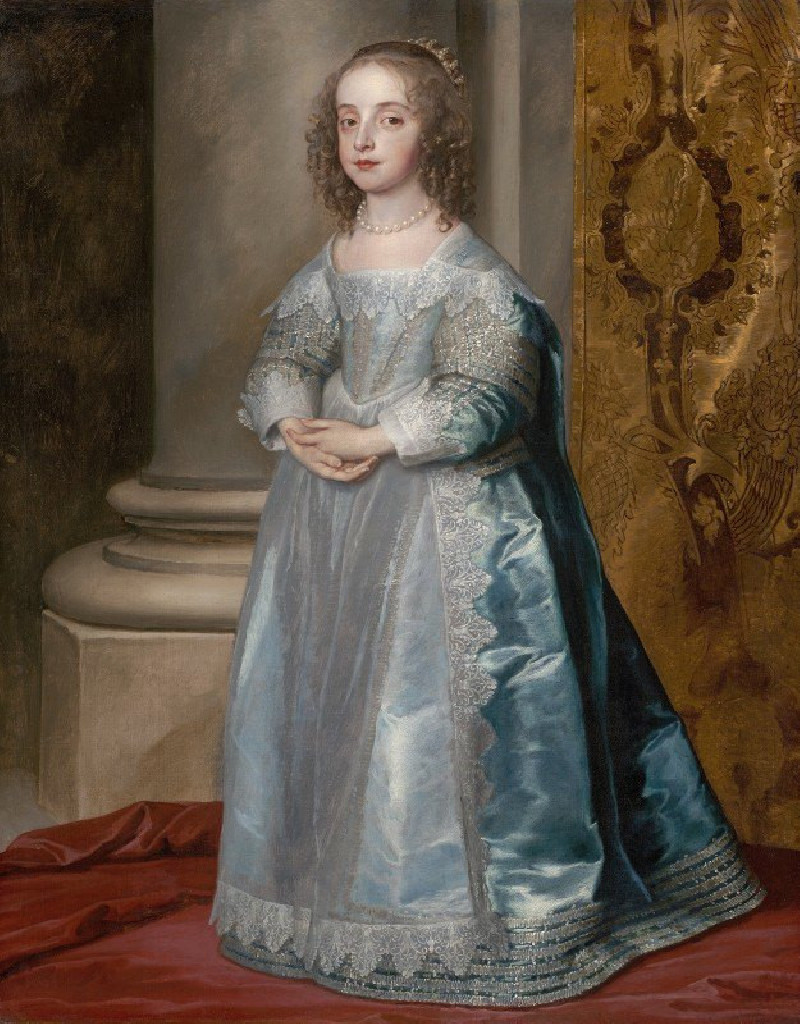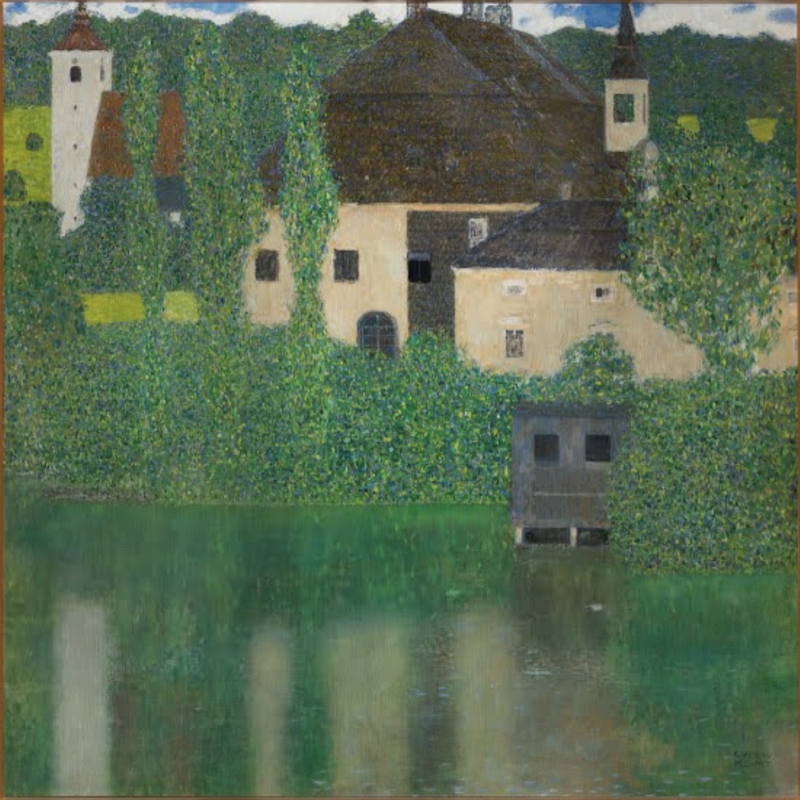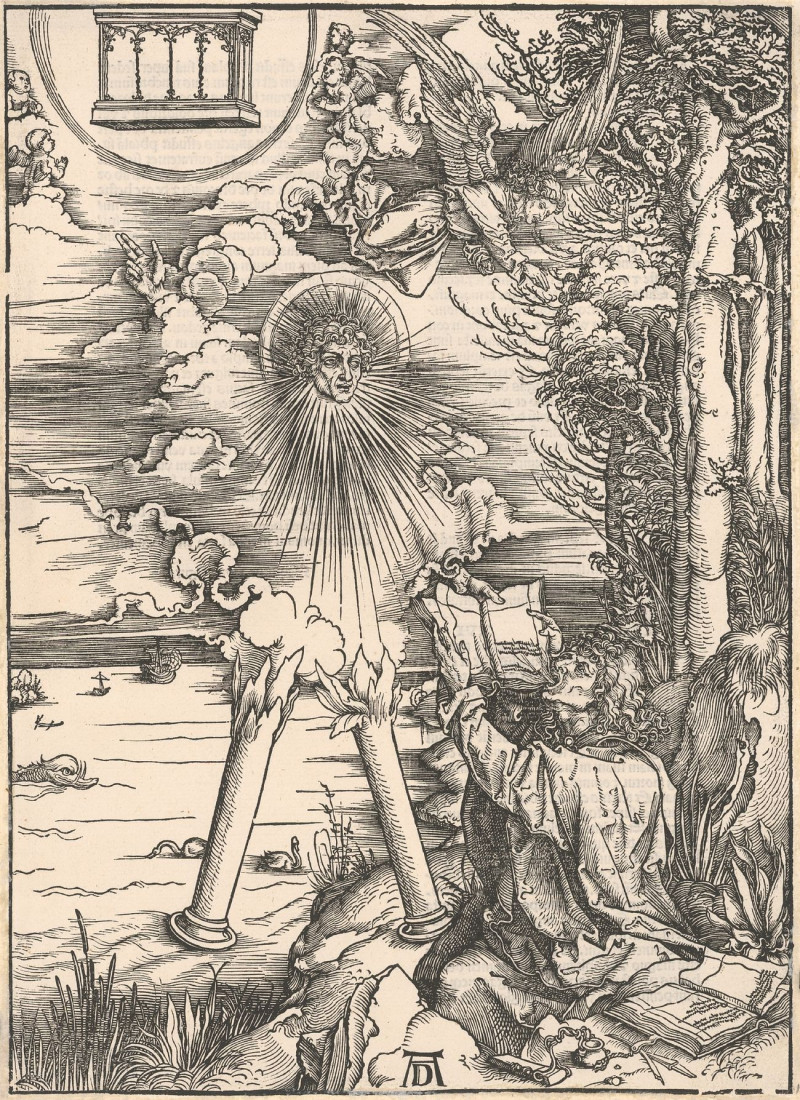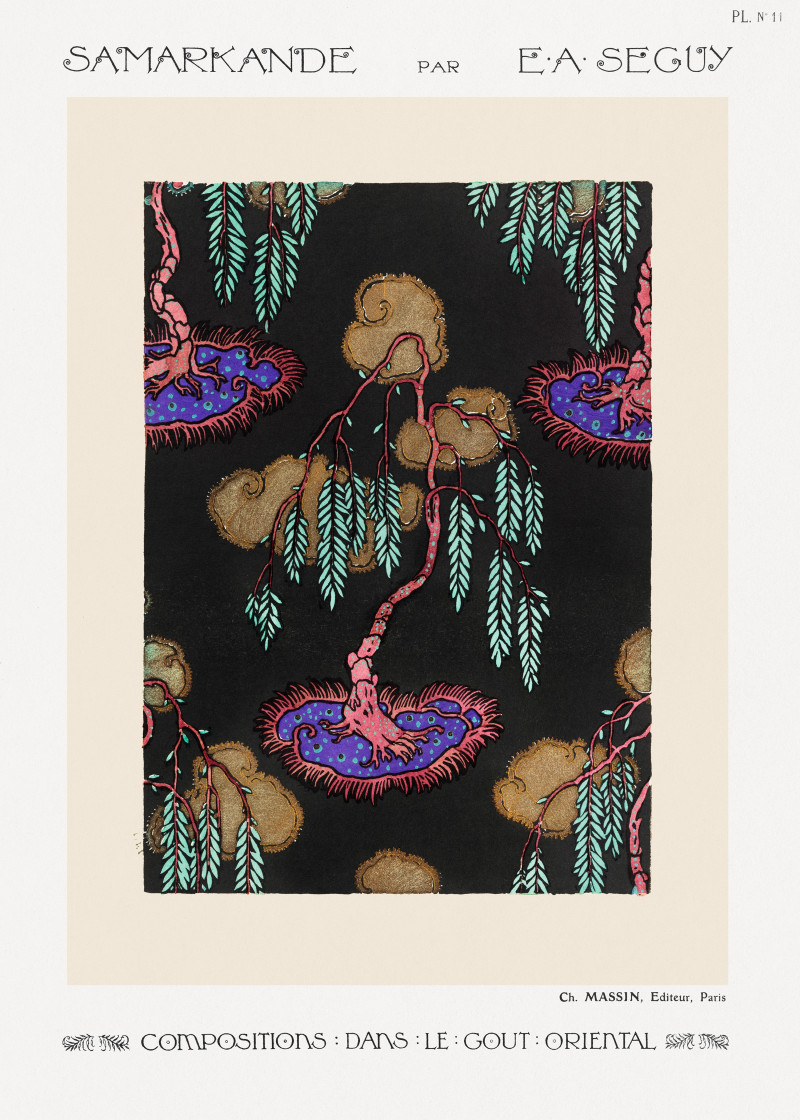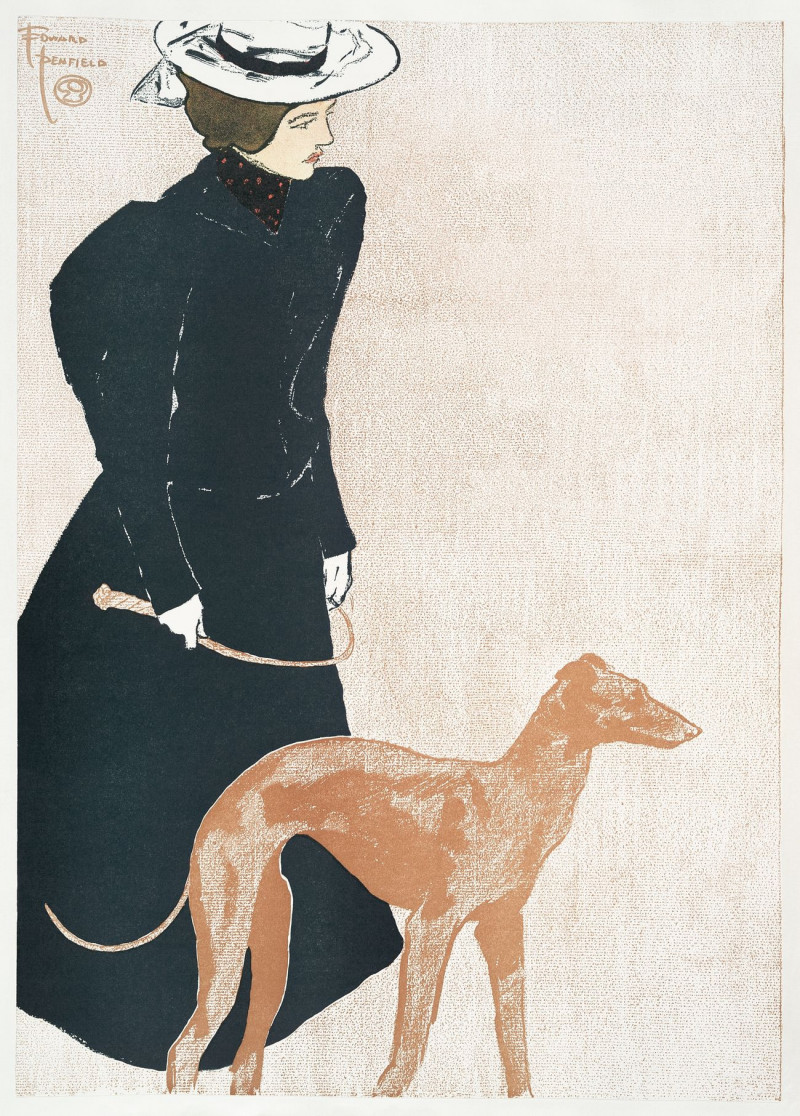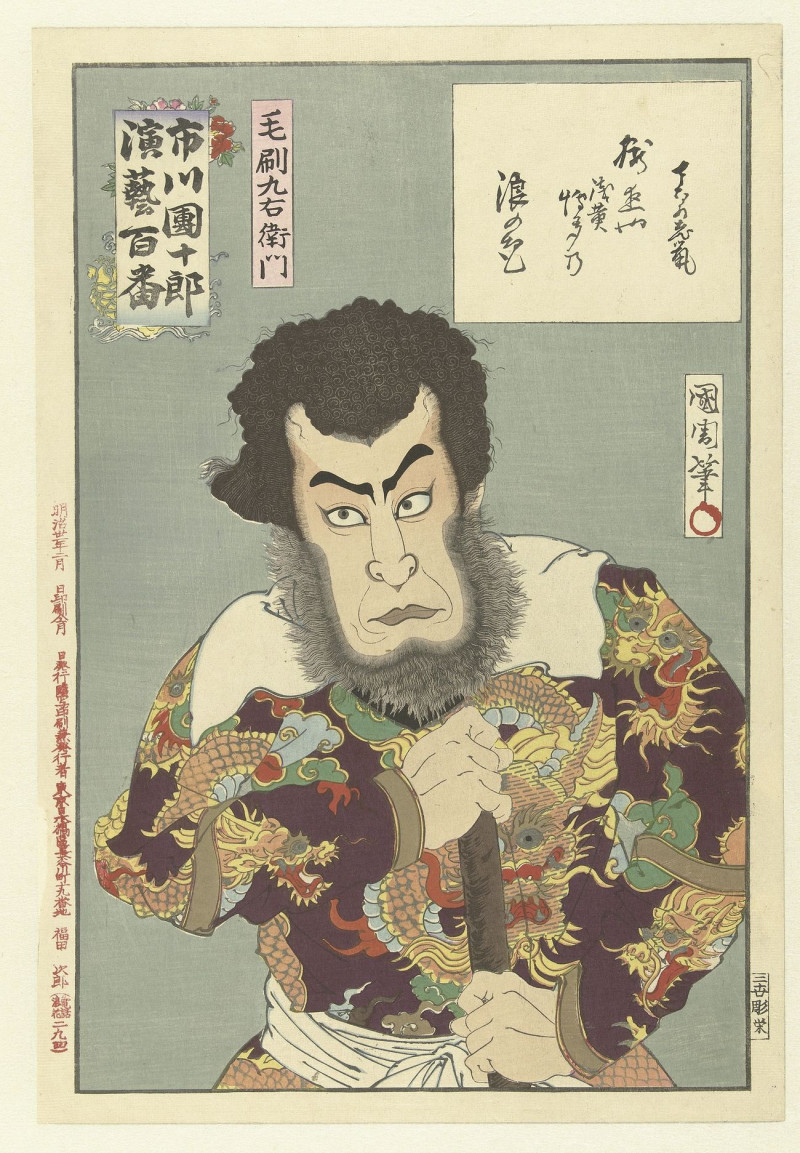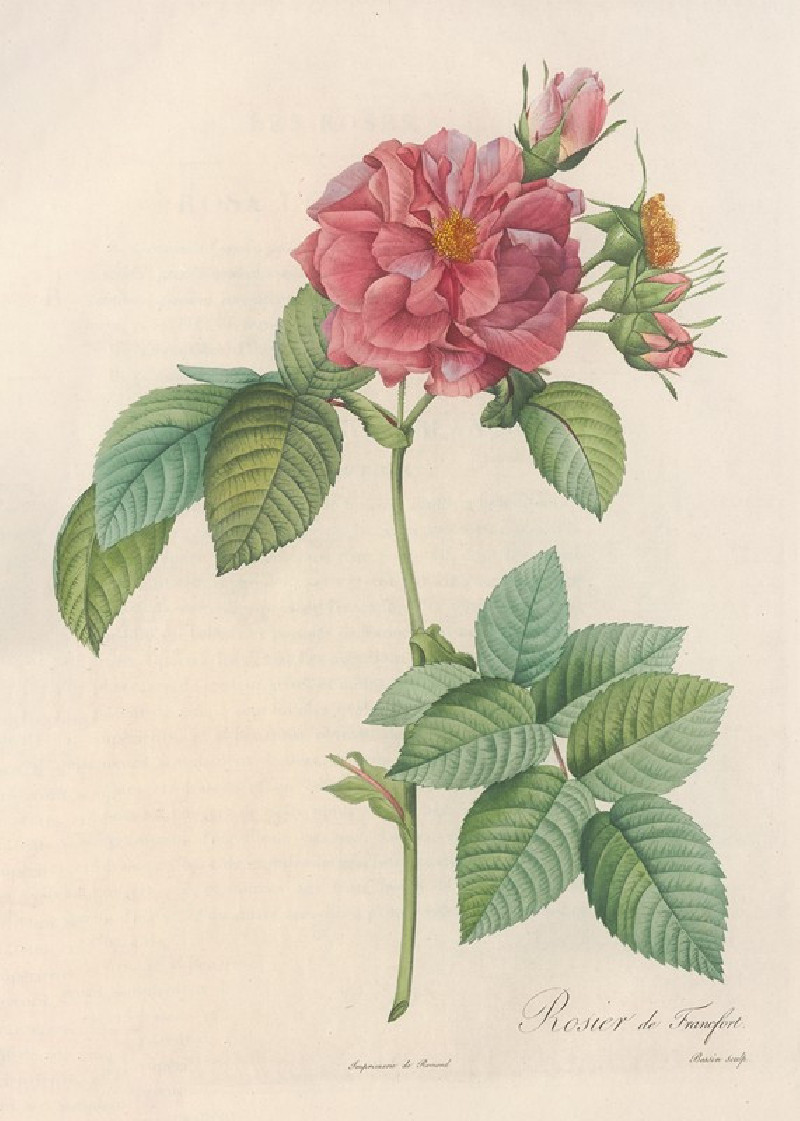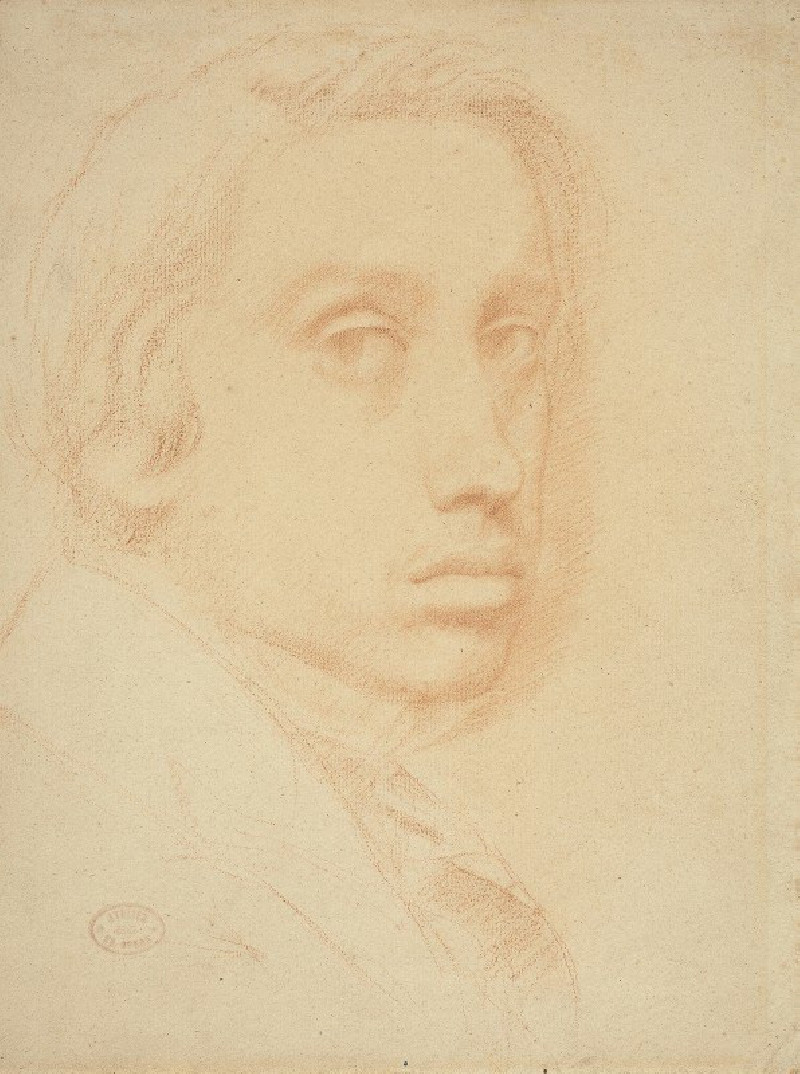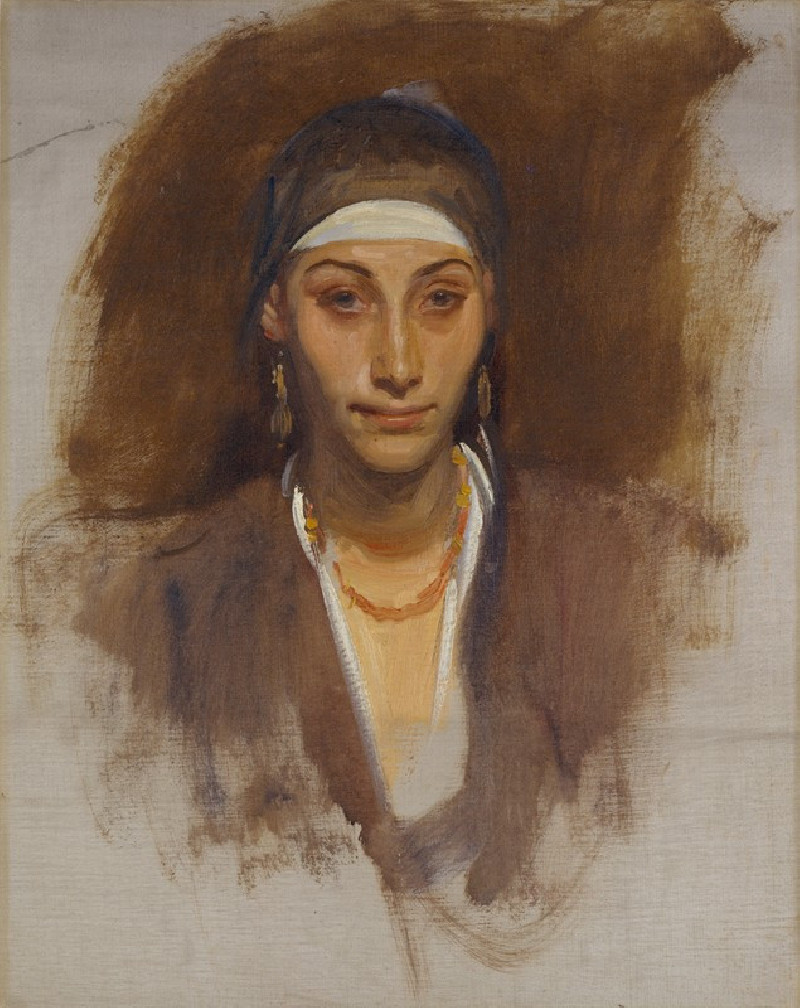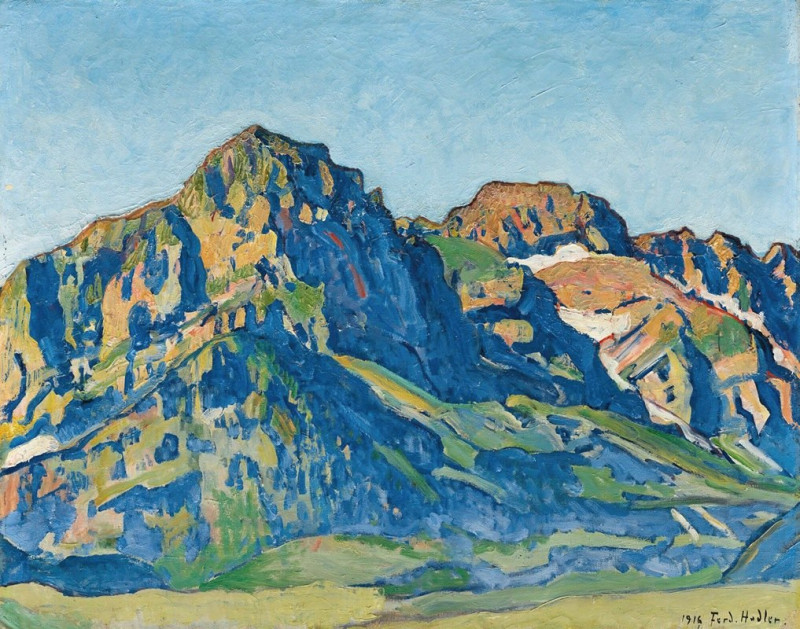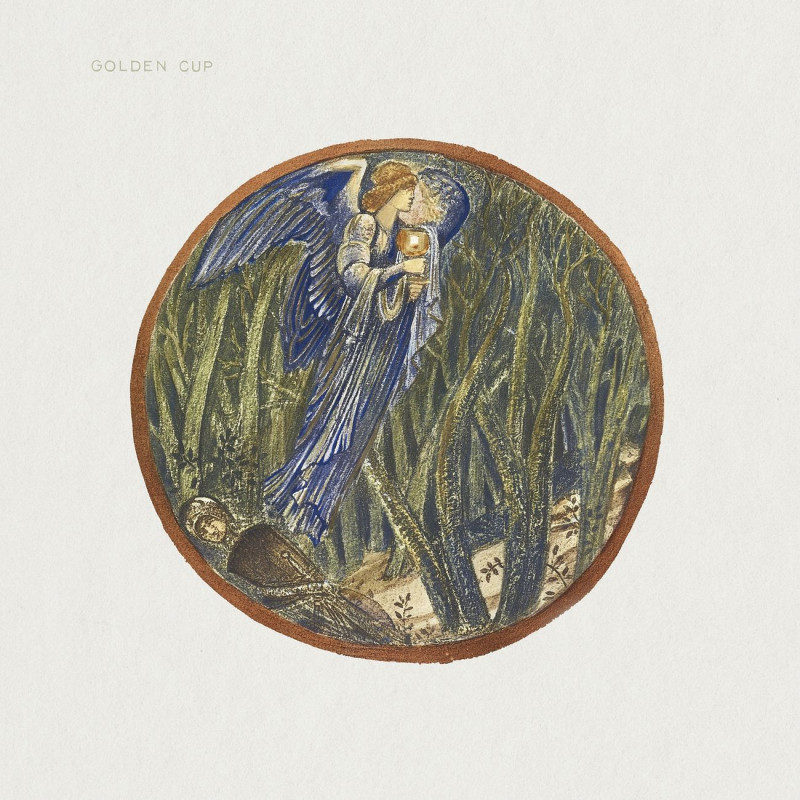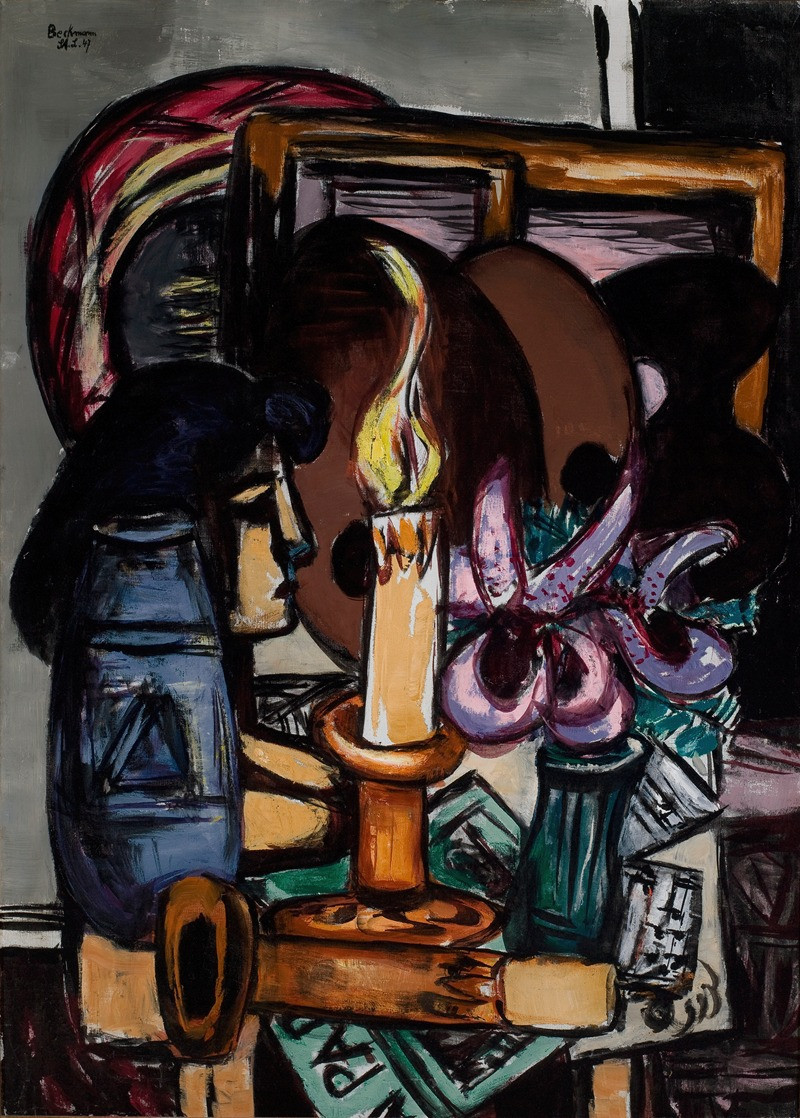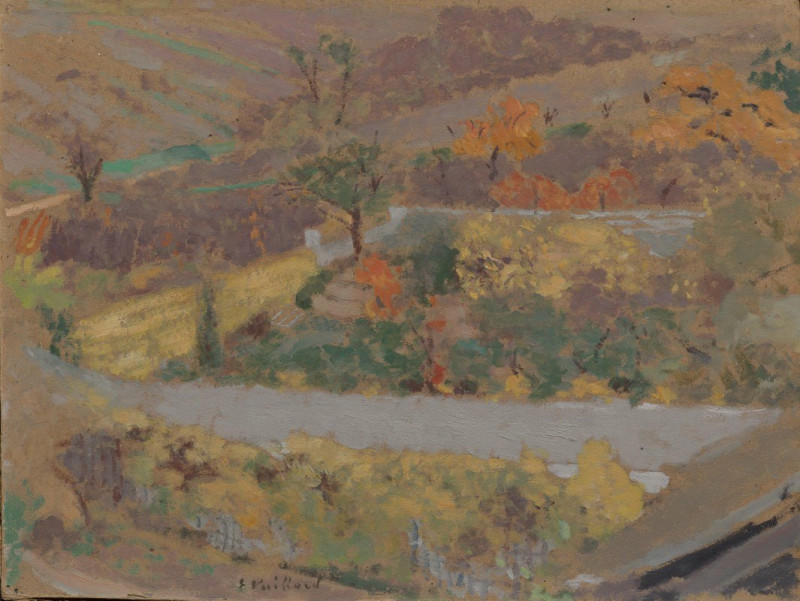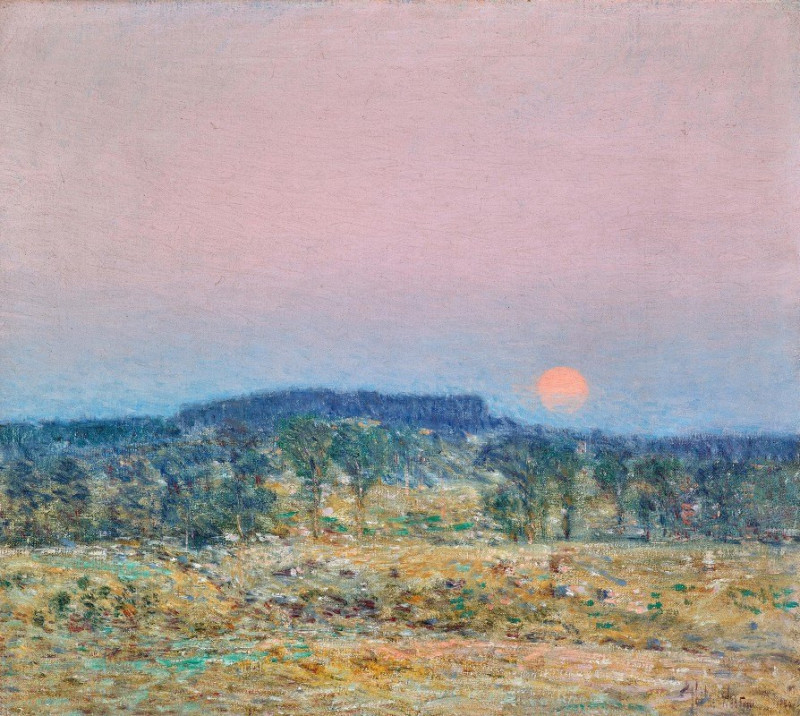Portrait Of A Lady
Technique: Giclée quality print
Recommended by our customers
More about this artwork
In the luminous painting "Portrait of a Lady," Flemish Baroque artist Anthony van Dyck captures the grace and sophistication of a 17th-century noblewoman. With meticulous attention to detail, van Dyck portrays his subject seated, adorned in a rich black gown with golden embroidery that suggests her high social standing. The luxurious fabric of her clothing contrasts beautifully against the warm, draped red curtain in the background, emphasizing her dignified presence.The lady's face is painted with a soft realism, indicative of van Dyck's skill in capturing the gentle expressions of his sitters. Her gaze is serene, and her lips hint at a subtle, knowing smile, as if she shares a private secret with the viewer. The elaborate lace collar and cuffs frame her with a delicate intricacy that is testament to the era's fashion.This portrait not only showcases van Dyck's mastery in painting and his ability to convey the character of his models, but it also serves as a historical document, reflecting the cultural and social nuances of the European aristocracy in the 1600s.
Delivery
Returns
Sir Anthony van Dyck (1599 – 1641) was a Flemish Baroque artist who became the leading court painter in England after success in the Spanish Netherlands and Italy.
The seventh child of Frans van Dyck, a wealthy Antwerp silk merchant, Anthony painted from an early age. He was successful as an independent painter in his late teens, and became a master in the Antwerp guild in 1618. By this time he was working in the studio of the leading northern painter of the day, Peter Paul Rubens, who became a major influence on his work.

